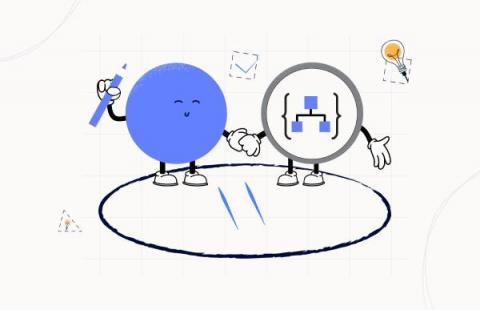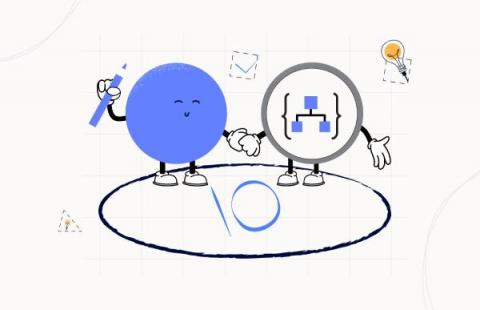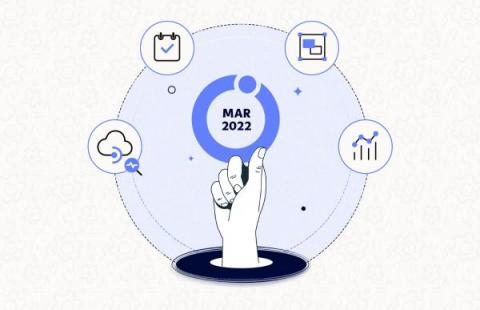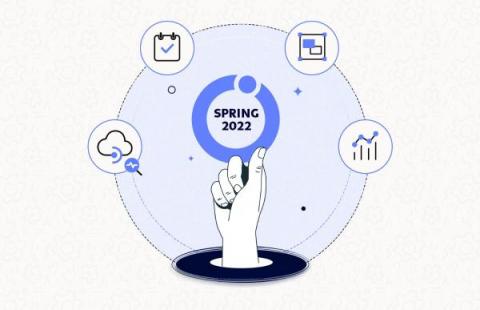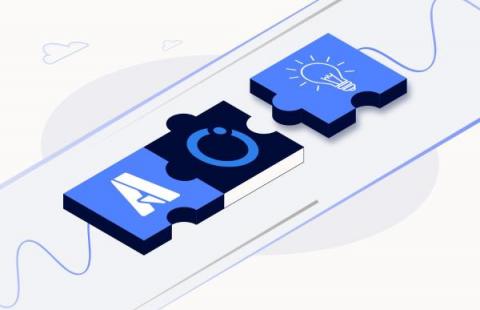Logic App Best practices, Tips, and Tricks: #11 Connectors naming convention
Today I will talk about naming convention because I think this is so critical to implement from day one, and people tend to forget. We earlier addressed the importance of providing a good naming convention to your Logic App name and actions inside your business process. Today we will speak about the Connectors (or API Connections) naming convention.


